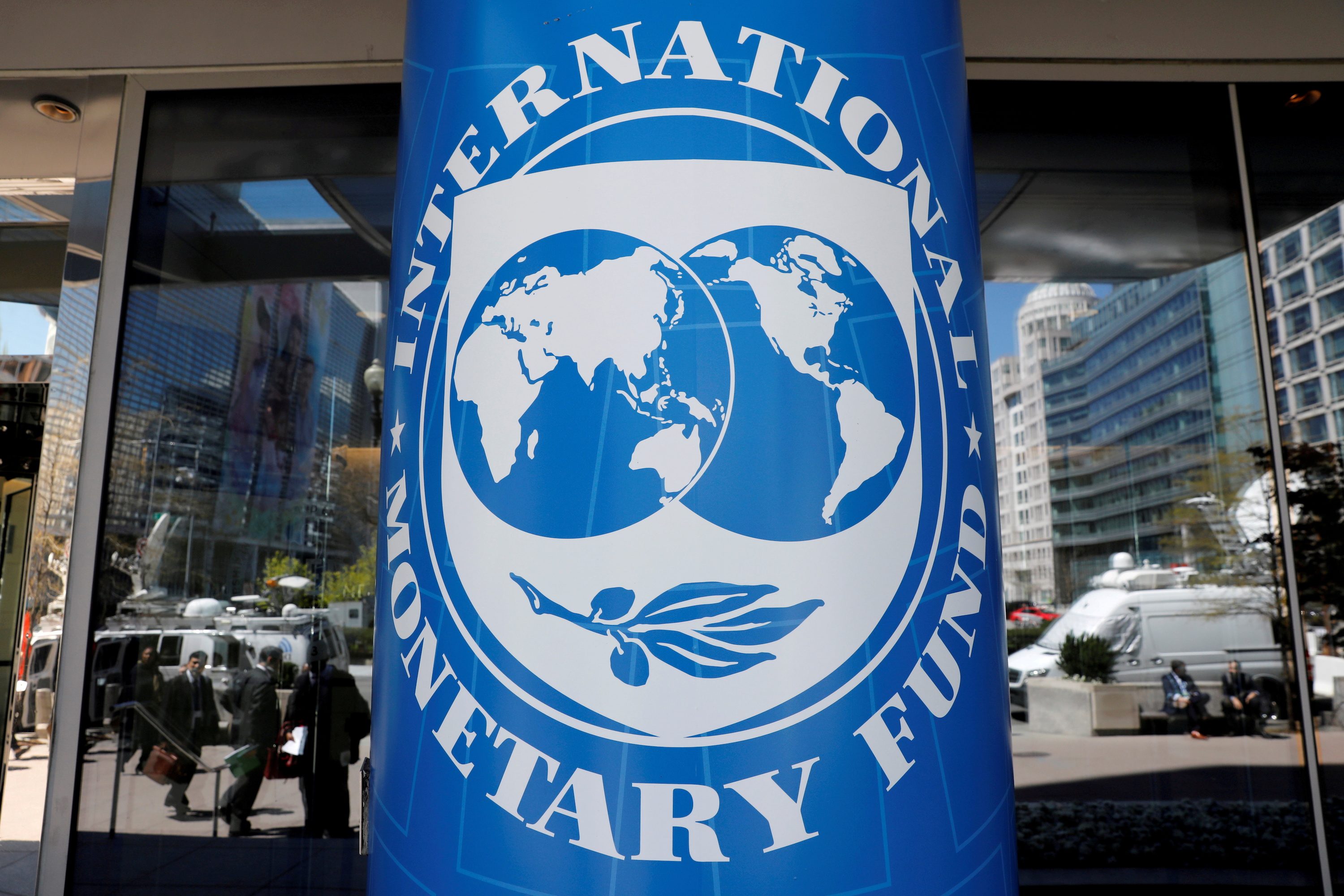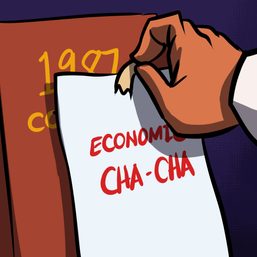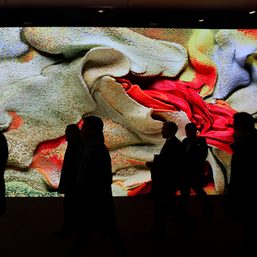SUMMARY
This is AI generated summarization, which may have errors. For context, always refer to the full article.

The International Monetary Fund said on Monday, August 2, its board of governors approved a $650-billion allocation of IMF Special Drawing Rights and said its largest-ever distribution of monetary reserves would become effective August 23.
IMF member countries will receive SDRs – the fund’s unit of exchange backed by dollars, euros, yen, sterling, and yuan – in proportion with their existing quota shareholdings in the fund. Monday’s approval by all 190 IMF member states was long expected.
“The SDR allocation will benefit all members, address the long-term global need for reserves, build confidence, and foster the resilience and stability of the global economy,” IMF Managing Director Kristalina Georgieva said in a statement.
“It will particularly help our most vulnerable countries struggling to cope with the impact of the COVID-19 crisis,” she said, adding that about $275 billion of the allocation will go to emerging market and low-income countries.
The move was hailed by German Finance Minister Olaf Scholz as “unprecedented in history.” The step would help to provide additional liquidity and stabilize the global economy, he said.
“In particular, emerging and developing countries will be given a new boost in combating the economic consequences of the coronavirus pandemic,” Scholz said.
Georgieva said the IMF will continue to actively engage with members to identify viable options for rich countries that receive SDRs to channel them to poorer countries that need them more. A key option is for wealthier countries to contribute SDRs to the IMF’s existing Poverty Reduction and Growth Trust for low-income countries, she said.
She added that the IMF was still considering a new trust for SDRs to facilitate sustainable growth in the medium term, indicating little change from discussions in July.
The IMF’s last SDR distribution came in 2009 when member countries received $250 billion in SDR reserves to help ease a global financial crisis.
To spend their SDRs, countries would first have to exchange them for underlying hard currencies, requiring them to find a willing exchange partner country. – Rappler.com
Add a comment
How does this make you feel?





There are no comments yet. Add your comment to start the conversation.